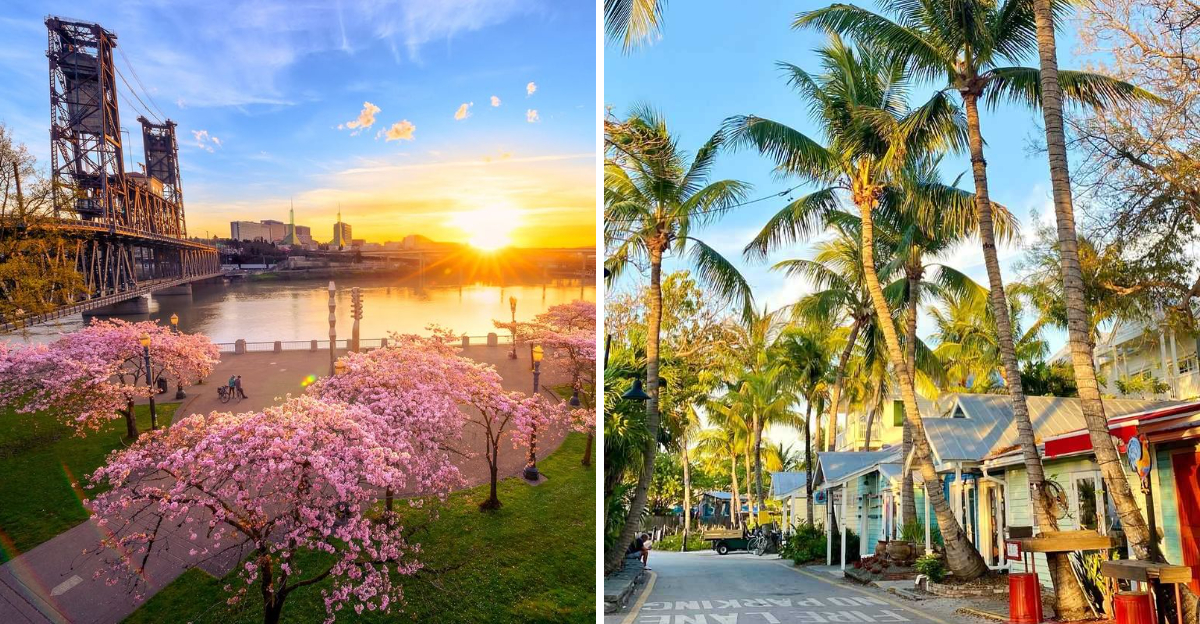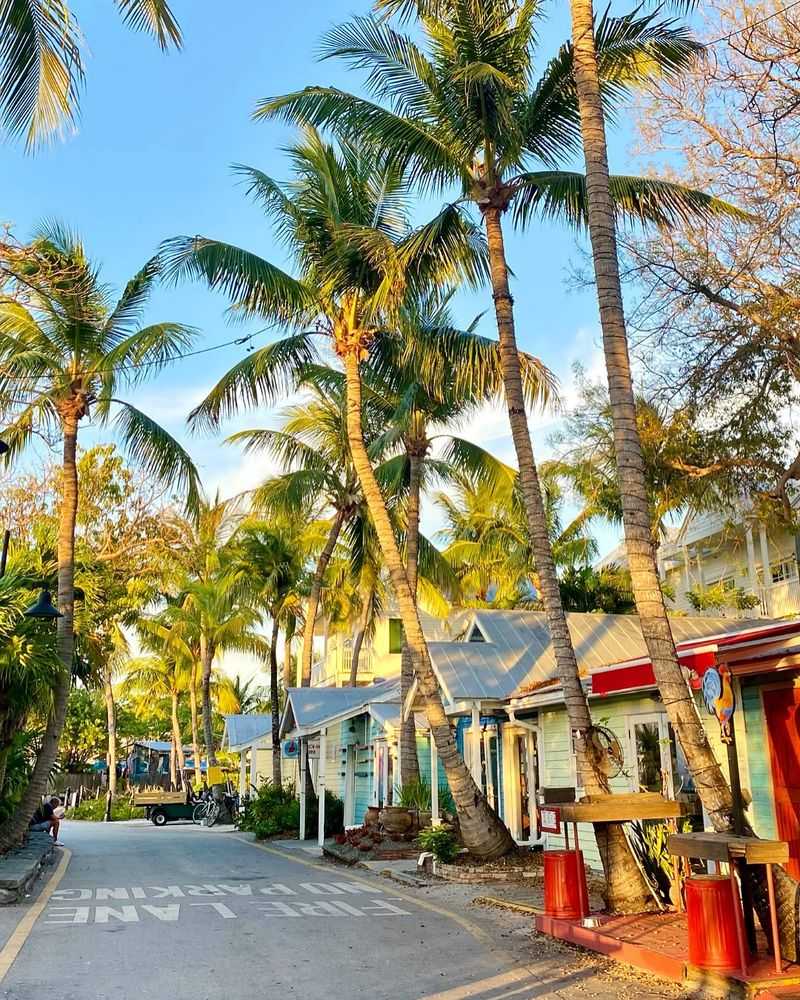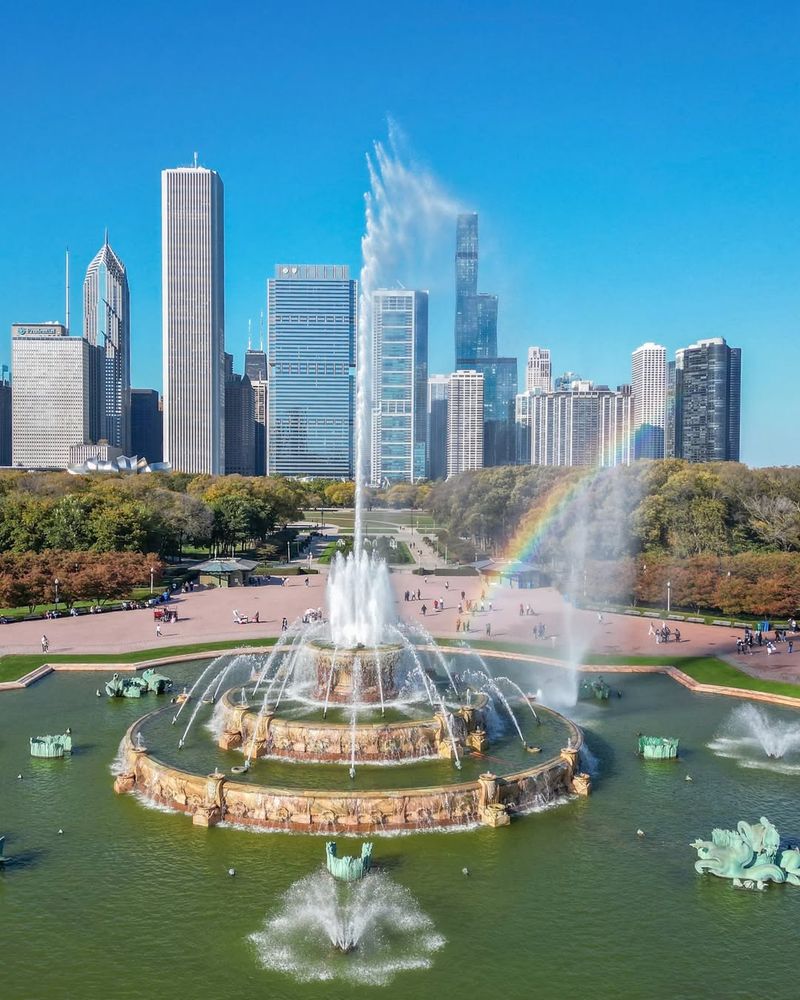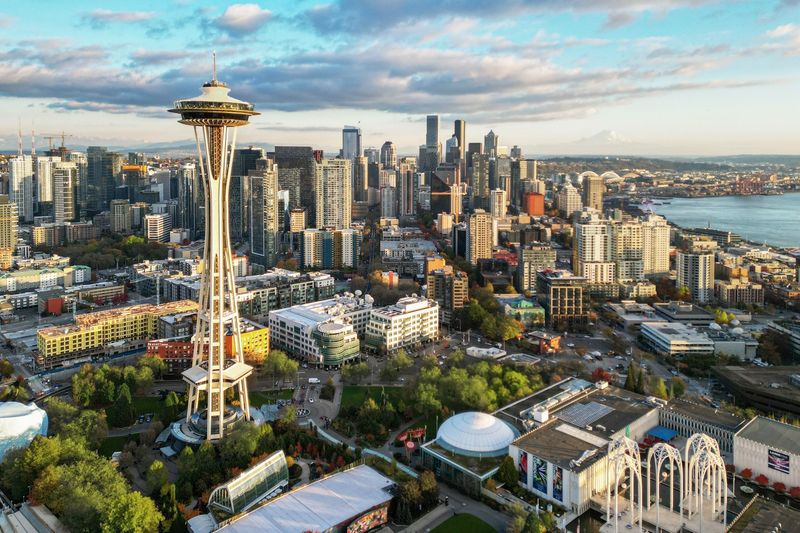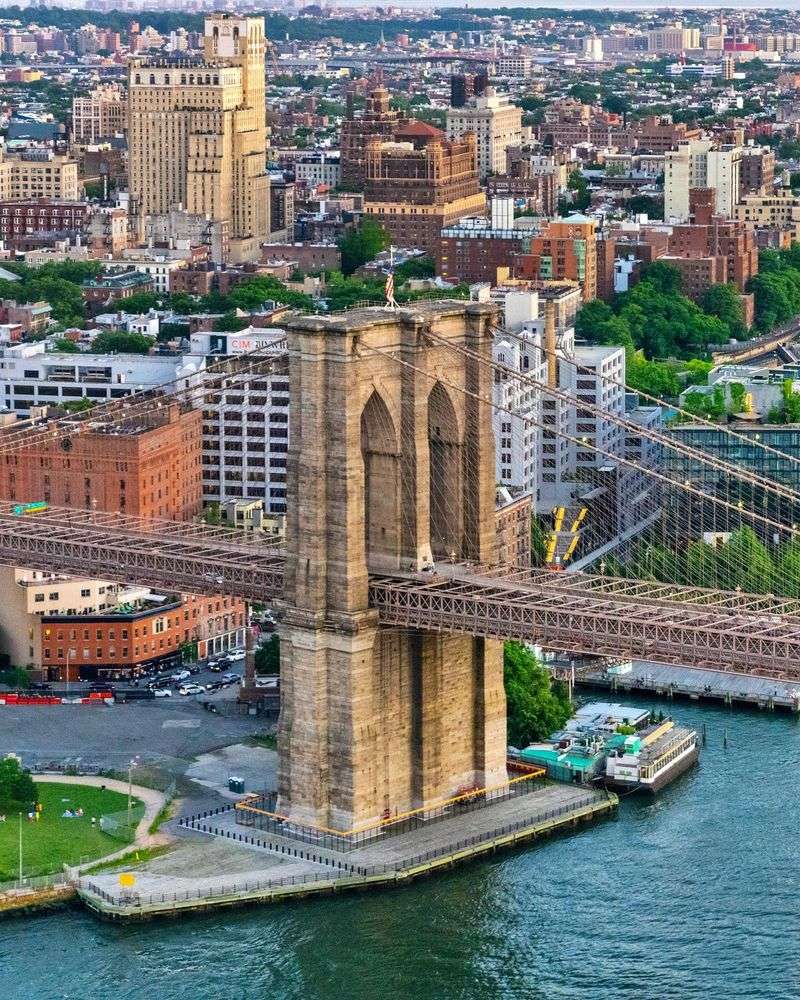📖 Table of Content:
Across the U.S., feral cats are finding surprising havens in urban areas, thriving with the help of compassionate communities and creative programs. From San Francisco’s “shop cats” to Portland’s eco-friendly initiatives, these street-smart felines are not only surviving—they’re thriving. With programs like trap-neuter-return (TNR), these cats provide valuable pest control while living healthier, happier lives.
Cities like Key West and Chicago have embraced feral cats as part of their local culture, where they patrol businesses, restaurants, and even historic landmarks. In Key West, cats are unofficial mascots, receiving treats from tourists while keeping rodent populations in check. In Chicago, insulated shelters help them survive harsh winters, thanks to the dedication of local volunteers.
These cats are proving that urban life isn’t just for humans. As these cities continue to care for and protect their feral feline residents, these once-overlooked animals are becoming valuable members of the community.
1. San Francisco
The City by the Bay welcomes its feral feline residents with dedicated volunteer groups and a progressive trap-neuter-return program that’s become a national model. Local businesses even embrace “shop cats” that help control rodent populations in exchange for food and shelter.
Golden Gate Park hosts several managed colonies where cats enjoy both wilderness and the watchful eyes of caretakers. Some colonies date back decades, with generations of cats calling the same territories home.
The famous Working Cats Program places feral cats with local breweries, warehouses, and gardens where they can work as natural pest controllers while receiving regular meals and veterinary care.
2. Portland
Portland’s eco-friendly reputation extends to its feral cat population through the Feral Cat Coalition of Oregon. This pioneering organization has spayed and neutered over 100,000 cats, creating stable, healthy colonies throughout the city’s neighborhoods.
The city’s abundant green spaces provide perfect hunting grounds, while its mild climate means winters aren’t too harsh. Many local businesses actively participate in the Cats At Work program, providing food stations and shelter boxes for their feline neighbors.
Community gardens often welcome these mousers as natural pest control, creating a symbiotic relationship that benefits both plants and cats in this rainy Northwest haven.
3. Key West
Beyond the famous six-toed cats at Hemingway House, Key West harbors thriving feral colonies enjoying the island’s tropical paradise. The southernmost city’s warm climate means year-round comfort for outdoor cats who never face snow or freezing temperatures.
Local fishermen often share their catches with harbor cats, creating a tradition that dates back generations. The island’s small size and tourist-friendly atmosphere have fostered a culture where residents and visitors alike contribute to feeding stations.
Many restaurants with outdoor seating areas have their “regular” feral visitors who’ve become unofficial mascots, receiving treats from delighted tourists while keeping the premises rodent-free.
4. Chicago
The Windy City might seem harsh for outdoor cats, but Chicago’s feral felines have adapted remarkably well thanks to dedicated advocacy groups. The city’s famous network of alleys provides perfect pathways and territories for colonies to establish themselves away from traffic.
During brutal winters, community members build insulated shelters using simple materials like plastic storage bins and straw. These DIY cat houses appear throughout neighborhoods from Rogers Park to Pilsen.
Chicago’s Tree House Humane Society pioneered an innovative Cats at Work program that relocates feral colonies to areas with rodent problems, creating a win-win situation for businesses, residents, and the cats themselves.
5. New Orleans
The Big Easy’s famous courtyards and laissez-faire attitude create perfect sanctuaries for feral cat colonies. These felines have become part of the city’s unique character, often seen lounging on sun-warmed bricks or prowling through the French Quarter at dawn.
Local folklore even suggests these cats protect historic properties from negative energy! The warm climate means year-round comfort, while the city’s abundant seafood ensures many cats enjoy fish scraps from restaurants and markets.
After Hurricane Katrina, rescue groups worked tirelessly to rebuild feral cat colonies, creating a network of caretakers who maintain feeding stations and monitor health across neighborhoods from Tremé to the Garden District.
6. Austin
The Texas capital’s innovative approach to feral cat management has made it a feline-friendly city despite the scorching summers. Austin Pets Alive! runs one of the country’s most successful Working Cats programs, placing unsocialized cats on ranches, farms, and warehouses where they thrive as natural pest controllers.
The city’s numerous creeks and greenbelts provide water sources and hunting grounds, while many neighborhoods have organized feeding station networks. During summer heat waves, volunteers place cooling stations with fresh water throughout the city.
Local breweries have embraced “brewery cats” who keep grain storage areas rodent-free while becoming social media stars, with some felines gaining thousands of followers on dedicated Instagram accounts.
7. Philadelphia
The City of Brotherly Love extends that affection to its feral felines, particularly in historic districts where cats have patrolled the same territories for generations. Some colonies in Old City are believed to be descendants of cats that arrived on merchant ships centuries ago!
Philly’s rowhouse design creates perfect urban hideaways with small backyards and narrow passages between buildings. Community gardens throughout the city often maintain dedicated cat shelters, recognizing the value these mousers bring to urban agriculture.
The Philadelphia Community Cats Council coordinates trap-neuter-return efforts across neighborhoods, while local businesses participate in the Working Cats program that places feral felines in warehouses, breweries, and barns.
8. Seattle
Despite its notorious rainfall, Seattle has become a haven for feral cats thanks to dedicated community efforts. The Emerald City’s abundant vegetation provides natural shelter, while its mild temperatures rarely reach dangerous extremes.
Seattle’s famous houseboats and marina communities often maintain colonies of “dock cats” who keep rodents at bay while enjoying occasional seafood treats from fishermen. Many tech campuses throughout the city have embraced outdoor cats, with employees building shelters and maintaining feeding stations.
Local coffee shops frequently “adopt” neighborhood ferals, with customers knowing certain cats by name despite their wild status. The Seattle Feral Cat Project provides thousands of spay/neuter surgeries annually, creating healthy, stable colonies throughout the city.
9. Brooklyn
New York City might seem overwhelming, but Brooklyn’s neighborhood structure creates perfect territories for feral cat colonies. The borough’s famous bodegas often maintain “store cats” who enjoy semi-feral status – wild enough to handle rodent control but friendly enough to accept treats from regular customers.
Community gardens throughout Brooklyn provide green space where cats can hunt and rest away from traffic. Many apartment buildings maintain backyard colonies with tenant-built shelters and feeding stations.
Brooklyn’s diverse population means cultural attitudes toward cats vary widely, with some communities viewing them as lucky symbols deserving of care. The Brooklyn Cat Cafe even allows visitors to meet former ferals who’ve become ambassadors for their wild cousins.
10. Los Angeles
The City of Angels offers year-round sunshine perfect for outdoor feline living. LA’s sprawling nature means numerous microhabitats exist for feral colonies, from beachside communities to hillside neighborhoods where cats enjoy spectacular views alongside millionaire homeowners.
The famous Hollywood Forever Cemetery maintains one of the city’s most well-known colonies, where cats roam among celebrity graves. Many film studios have long-established feral populations, with crew members maintaining feeding stations between productions.
FixNation, a nonprofit dedicated exclusively to feral cats, provides free spay/neuter services that have stabilized colonies throughout the county. Some LA ferals have even found fame on social media, with colony caretakers documenting their daily lives for thousands of followers.
